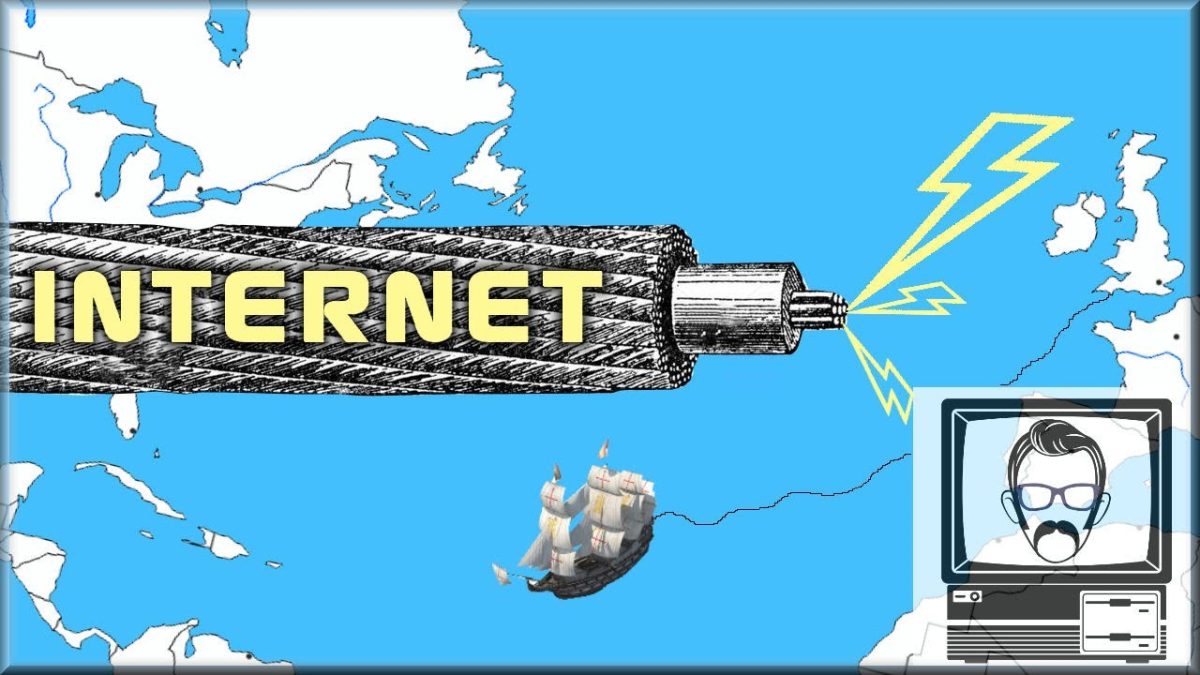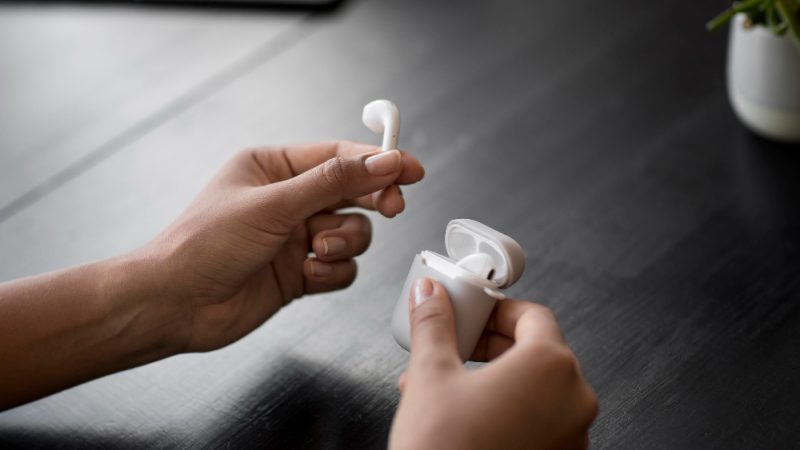Everything you need to know about Internet Undersea Cables

A sea of cables, so literal, is what lives under our oceans, in it there are more than 1,000 million submarine cables that connect the whole world and transmit 97% of communications globally. Submarine optical fiber dates from the 20th century, specifically from the 1980s, but many decades earlier – in 1866 – different companies had already installed this type of cable to transport data and at the end of the 19th century they were used for the telegraph network.
Currently, its main use is to transport Internet data and digital voice and television signals. This transmission is done in much less time compared to satellite technology, which means that a bit that crosses the Atlantic Ocean through the cable called Marea takes just over two hundredths of a second, instead by satellite, it would take almost 1 /4 of a second to pass.
How submarine fiber optic cables installed?
In a very simple way. The boats cross the sea unwinding the cables until they rest on the bottom, which is sometimes not possible since anchors or marine animals such as sharks cause accidents. When this happens, technicians on board must carry out repairs, raising the damaged fiber optic cable to the surface with a kind of hook, fixing it and submerging it again.
Fortunately, the most modern cables are already prepared to resist this type of unforeseen event, but what they have no way of counteracting is the possibility that some world power wants to sabotage another through submarine wiring. For example and as data, the US Army needs submarine lines for 95% of its strategic communications, which makes it a latent focus of threat.
The future of submarine fiber optics
In order to improve the capacity and speed of its cloud services, Google announced that they will continue to invest in new routes. One of them would be the private cable called Curie, in honor of the scientist Marie Curie, which would connect Chile with Los Angeles, United States.
In 2019 it is estimated that several lines connecting Europe with America will be operational. One of them would be the one that will link the Iberian Peninsula with Brazil, with nearly 10,000 kilometers that will not pass through the United States.
In order for Australians to have more capacity and lower latency on the Internet when they need to access services and apps hosted in the USA, a wiring system will be installed that will translate into 12,500 kilometers, and an investment of US$350 million.
How the Internet Travels Across the Ocean
Today, 98% of international Internet traffic travels through submarine cables. A vast network that crosses the ocean makes it possible for us to share, search, send and receive information around the world at the speed of light, The multinational has detailed in the presentation of the ‘Grace Hopper’, which it will use to provide greater support for the network that hosts Google’s business and consumer products.
Despite what its name evokes, ‘the cloud’ is not supported by satellites and antennas, but by these types of cables that run through the ocean floor and connect to data centers. These buildings are the other key point of the Internet infrastructure, as they house the “giant computers” where photos, documents and any file sent to the “cloud” are stored. Hence the repeated warning that the cloud is nothing more than ” someone’s computer “.
The internet is in the cloud, it’s under the ocean
However, the future of the cloud is not just about storing for you. It is also thinking for you. Cloud computing is a business channel that transfers calculation processes to these giant computers and that Google, Amazon and Microsoft are preparing to extend on a global scale. This allows carrying out computer processes that require highly advanced equipment even if the end user does not have them.
- In the private sector, cloud computing will be key in the implementation of services with artificial intelligence in companies in fields other than technology.
- For the average user, it is expected that it will mean the definitive arrival of the Internet of Things and the decoupling of certain digital services from the domestic devices that until now supported them, which will be replaced by subscriptions.
- An example is that of the video game sector: the bet of companies like Google is that video consoles become just a controller and a cheap transmission device connected to the television.
- Video games are not purchased on its Stadia platform, but different types of subscriptions that give access to some games or others for one time or another.
- The closer to the end user and the better connected the data centers are, the lower latency and the better cloud computing service .
- With the ‘Grace Hopper’ Google closes the circle in Spain, since the multinational already announced in June the opening of a new region of data centers in Madrid, in alliance with Telefónica.
- Until now Belgium, Finland and Ireland were the only European countries with Google data centers.
- With this new region, Google Cloud customers operating in Spain will benefit from low latency and high performance for their cloud-hosted data and workflows.
The Internet of the sea source
Cloud services have once again accelerated the deployment of digital infrastructures in recent years, after a first boom between the end of the 20th century and the beginning of the 21st century.
- It was then that many of the submarine cable routes that provide Internet service were laid, such as the first of the three that currently enter Spain through the port of Bilbao.
- It was anchored in 2002 and is owned by the Indian multinational Tata, which controls some 500,000 of the 1.2 million kilometers of submarine cables that currently run through the ocean floor.
- As a general rule these cables have the width of a garden hose.
- Although in the areas near the coast they are buried to avoid damage from anchors or fishing activities, offshore they are perched directly on the ocean floor.
- Despite their thinness, they have several layers of protection, since “the filaments that carry the signals are extremely thin, approximately the diameter of a human hair,” they explain from Tele Geography, a telecommunications consultancy that maintains an interactive map that shows the distribution of this infrastructure. In total there are 406 cables worldwide.
Google will anchor submarine cable
After a period of less activity, in recent years the construction of these infrastructures has been resumed. But not by telecommunications companies as at first, but by digital content providers. “Google, Facebook, Microsoft and Amazon are the main investors in new cable. The amount of capacity deployed by private network operators – like these content providers – has outpaced Internet backbone operators in recent years. With the prospect of massive bandwidth growth, ownership of new submarine cables makes sense for these companies.”
The other cable anchored in Bilbao is owned by Facebook, Microsoft and Telxius and came into service in 2018. The Iberian Peninsula is an important focus of this new cable development, especially after Brexit, which left the United Kingdom outside the EU, one of the two ends of the great transatlantic data highway drawn up some 20 years ago between the US and Europe. One of the milestones marked in red by the industry in this new phase is the launch of the EllaLink cable , which will link Fortaleza and Praia Grande (Brazil) with Sines (Portugal) and will extend inland to the hubs of Madrid and Marseille. The pandemic has delayed its start-up until 2021.




